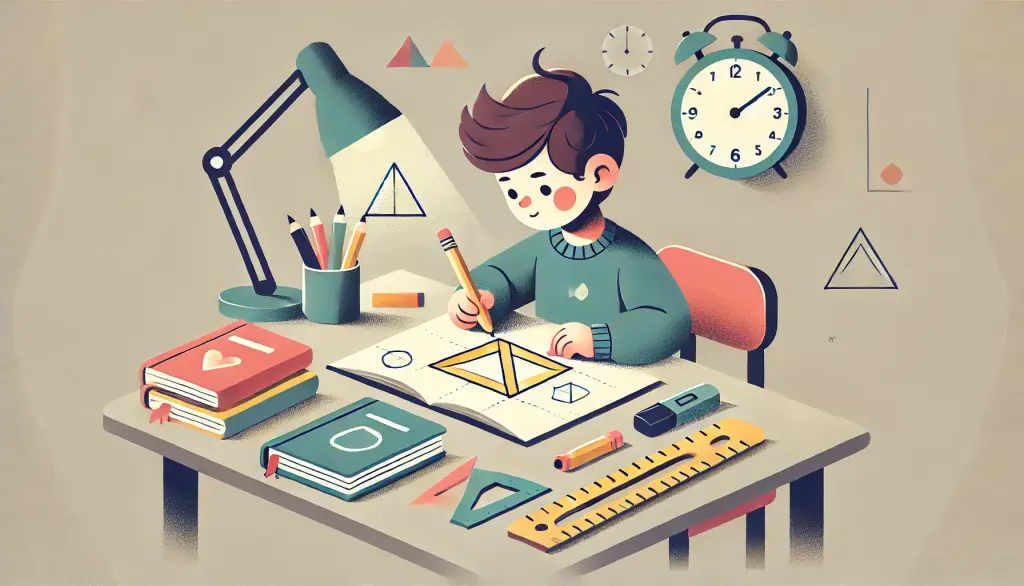
Spatial awareness is the ability to understand the relationship between objects in space, including their position, size, and orientation relative to each other and oneself. It’s critical for navigating the physical world and performing everyday tasks. For handwriting, spatial awareness plays a vital role in forming letters, aligning text, and maintaining consistent spacing, all of which are essential for legible and organized writing.
Whether it’s a child learning to write or an adult refining their penmanship, understanding spatial awareness and its impact on handwriting can lead to significant improvements. Without strong spatial awareness, handwriting may appear disorganized, with uneven spacing, crooked lines, or letters that are too large or small. Strengthening this skill improves legibility and helps writers feel more confident and in control.
Beyond handwriting, spatial awareness also supports skills in reading, problem-solving, and motor coordination, making it a cornerstone of cognitive and motor development.
Spatial awareness directly affects a writer’s ability to produce neat, readable handwriting. When spatial awareness is well-developed, it’s easier to keep letters aligned and evenly spaced, resulting in consistent, visually pleasing text. However, when spatial awareness is underdeveloped, writing can appear messy or jumbled. Here’s how spatial awareness affects specific aspects of handwriting:
Spatial awareness can be strengthened through targeted activities that promote hand-eye coordination. For both children and adults, these exercises can help build the precision and control needed for neat handwriting.
Encourage drawing and coloring activities that require attention to detail, such as tracing shapes or staying within the lines. These activities help develop the visual-spatial skills needed to align text and form consistent letters. Mandalas, building blocks, and mazes are also excellent tools for improving spatial reasoning, as they challenge individuals to think about how objects fit together and relate to one another.
Practicing handwriting with lined or grid paper provides visual guides that reinforce spatial awareness. Lines help writers keep letters aligned and consistent in size, while grids encourage even spacing and correct proportions. For kids, tracing letters and words can also build muscle memory and improve their ability to place letters correctly on the page. Our engaging "Pizzaiolo" digital activity further encourages children to think ahead and develop their spatial awareness in a fun, interactive way.
Incorporating physical activities into daily routines can also support spatial awareness. Sports, dance, and games that require movement and coordination—such as playing catch or navigating obstacle courses—help individuals develop an innate sense of spatial relationships.
Some individuals may struggle with spatial awareness due to developmental delays, visual perception difficulties, or motor coordination issues. These challenges can affect handwriting and other daily tasks, but with the right support, improvement is possible. Occupational therapy can provide targeted exercises and strategies to strengthen spatial awareness, helping individuals build the skills they need for writing and beyond.
Recognizing and addressing spatial awareness challenges early on can prevent frustration and build confidence, whether it’s a child learning how to write neatly or an adult refining their motor skills.
While spatial awareness is essential for handwriting, its benefits extend far beyond the page. This ability supports a wide range of cognitive and motor skills, from navigating physical spaces to solving math problems and interpreting visual data. In reading, spatial awareness helps children track text from left to right and maintain their focus on individual lines. In math, it aids in understanding geometry, measuring distances, and visualizing shapes in three dimensions.
For adults, strong spatial awareness is important in fields like design, architecture, engineering, and even everyday activities like driving or arranging furniture. By developing spatial awareness early on, children gain a skill that supports their academic success and prepares them for real-world problem-solving.
You might also like:
The digital handwriting activities for kids are both engaging and ideal for learning to write well in a personalized way
The handwriting assessment for kids quickly evaluates writing quality, including legibility and form
The handwriting worksheets for kids are available in many fonts, both cursive and manuscript, in an easy-to-print PDF format